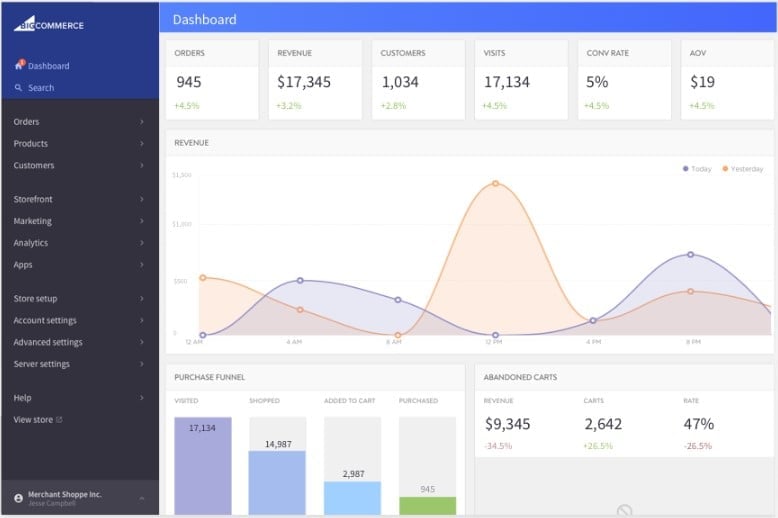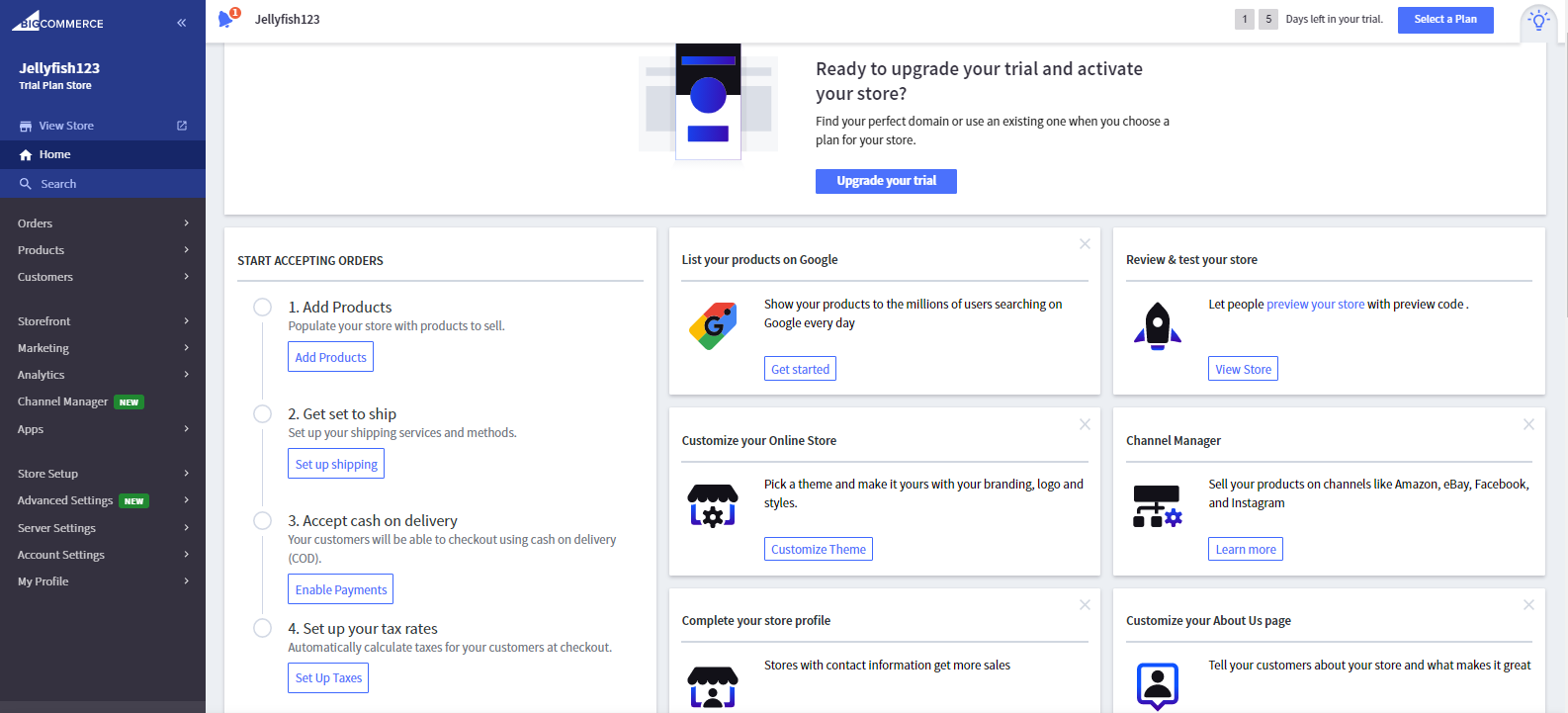After beating my head against the wall implementing BigCommerce Enterprise for 3 different clients over 2 years, here's the shit that actually matters when you're bleeding money on transaction fees.
The Money Thing Everyone Cares About
Shopify Plus transaction fees will kill you on high volume. We were paying $1,800/month in fees alone on a $3.6M annual client. BigCommerce Enterprise costs $2,200/month total - less than we were paying in just fees.
Real numbers from our migration:
- Shopify Plus: $2,300 base + $1,800 transaction fees = $4,100/month
- BigCommerce Enterprise: $2,200/month total
- Annual savings: $22,800
But here's the catch - migration took 7 months, not the 4 they promised in their bullshit sales pitch. Their project managers suck at timelines. Budget 9 months minimum or you'll be explaining to your CEO why the site isn't live yet.
The API Doesn't Completely Suck

The GraphQL API is actually decent. Not winning any awards, but way less painful than Magento's nightmare API. We hacked together a Next.js frontend that hits 1.2s load times when everything's not breaking. Check the headless optimization guide - you'll need every trick in there. The API reference documentation is comprehensive, and their webhook implementation guide actually helps with real-world scenarios.
What works well:
- Unlimited API calls (Shopify throttles you constantly)
- Webhook reliability is decent - maybe 98% success rate
- Product variant handling is cleaner than Shopify's mess
- B2B pricing rules don't break every update
- Storefront API works well for headless setups
- App marketplace integration is straightforward
- Multi-currency support handles complex pricing scenarios
- Inventory management APIs don't randomly lose stock counts
What's annoying:
- Admin UI is ugly as hell but functional
- Theme system (Stencil) has a learning curve
- Multi-storefront gets confusing with 4+ brands
- Customer import always has edge cases that break
Multi-Brand Actually Works

This is where BigCommerce wins big. One client runs 6 brands under one contract - would've cost $13,800/month on Shopify Plus just for the base plans.
Each brand gets separate:
- Customer databases (no cross-contamination)
- Product catalogs and inventory
- Payment processing and tax settings
- Domain names and SSL certificates
The gotcha: Plan your data architecture upfront or you'll hate your life later. Moving products between storefronts after launch? Good fucking luck. I spent 3 weeks unfucking one client's product taxonomy because they didn't think it through.
B2B Features Actually Work (Shocking, I Know)
Unlike most platforms where B2B feels like an afterthought coded by interns, BigCommerce's B2B Edition doesn't completely suck. Set up customer hierarchies, approval workflows, custom pricing - it actually works instead of breaking every other Tuesday.
Real B2B win: One manufacturing client processes $8M annually through custom pricing tiers and bulk order forms. Would've needed custom development on any other platform.
The quote system is basic but functional. Don't expect Salesforce-level workflow complexity, but it handles 80% of use cases without custom code.




